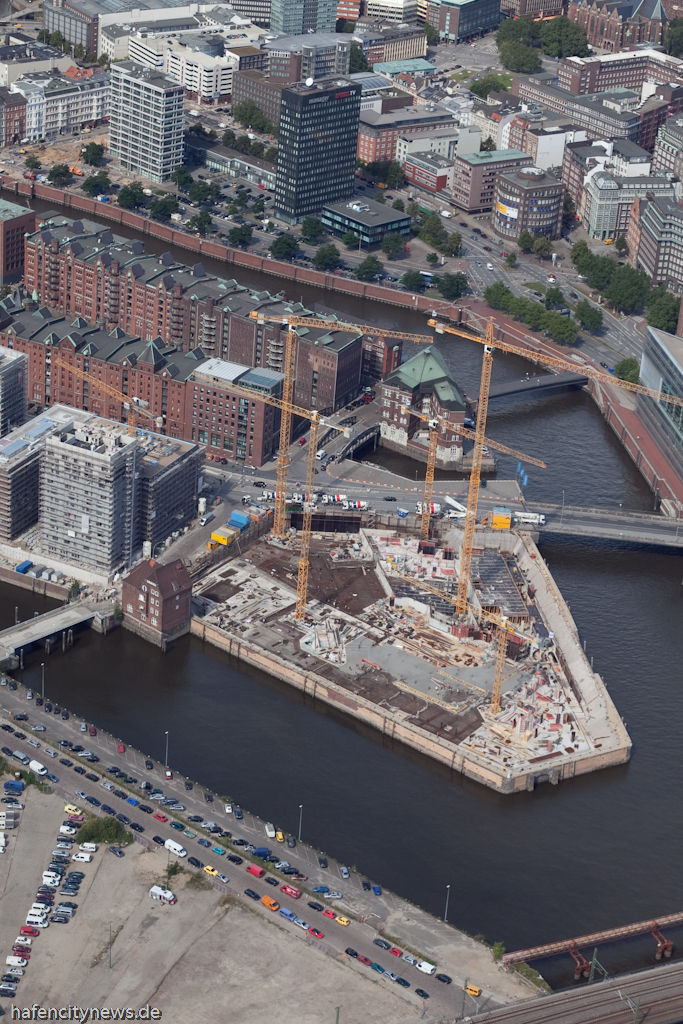Changing Skyline

There is a rather snappy English saying that runs “sometimes you can’t see the woods for the trees”. Working in the Hafen City on a daily basis, this phrase struck me as being rather relevant, noticing as I recently did, how my day to day familiarity with the Hafen City surroundings had led me to lose sight of the spatial and temporal changes that had been taking place right under my very own nose. Having thought that I could sketch the Hafen City with my eyes closed, with its memorable backdrop of cranes, hordes of removal vans and gaggles of tourists, I realised on closer inspection the day to day developments which are beginning to reshape the skyline .


For the casual visitor as well as for foreign newcomers like me however, the minor problems and critical tones that emerge in the face of the Hafen City development don’t escape unnoticed. Financial problems which have plagued the development of many areas of big cities, continually pose the need for justification of such costly projects. Aside from the resolution of such conflicts, Hamburg really ought to take more notice of the rich diversity of character to be found in this hidden gem of an area.

Still, just as in many other large conurbations, Hamburg maybe should aim to strike a balance between urban development, including the presence of ample trade and commerce facilities, while ensuring the provision of affordable living space. In doing so, the Hafen City would be seen in a more central role as a big city community in itself.
As a language instructor and citizen with a strong affection for such communicative and intercultural togetherness, my great hope is that Hamburg and, by extension the Hafen City, continue to develop against this backdrop as an accessible part of the city in which business and cultural exchange are able to remain harmonious bedfellows. In doing so, the Hafen City ought to remain a constantly metamorphosing and evolving area: A vibrant urban district at the foot of a monumental skyline.